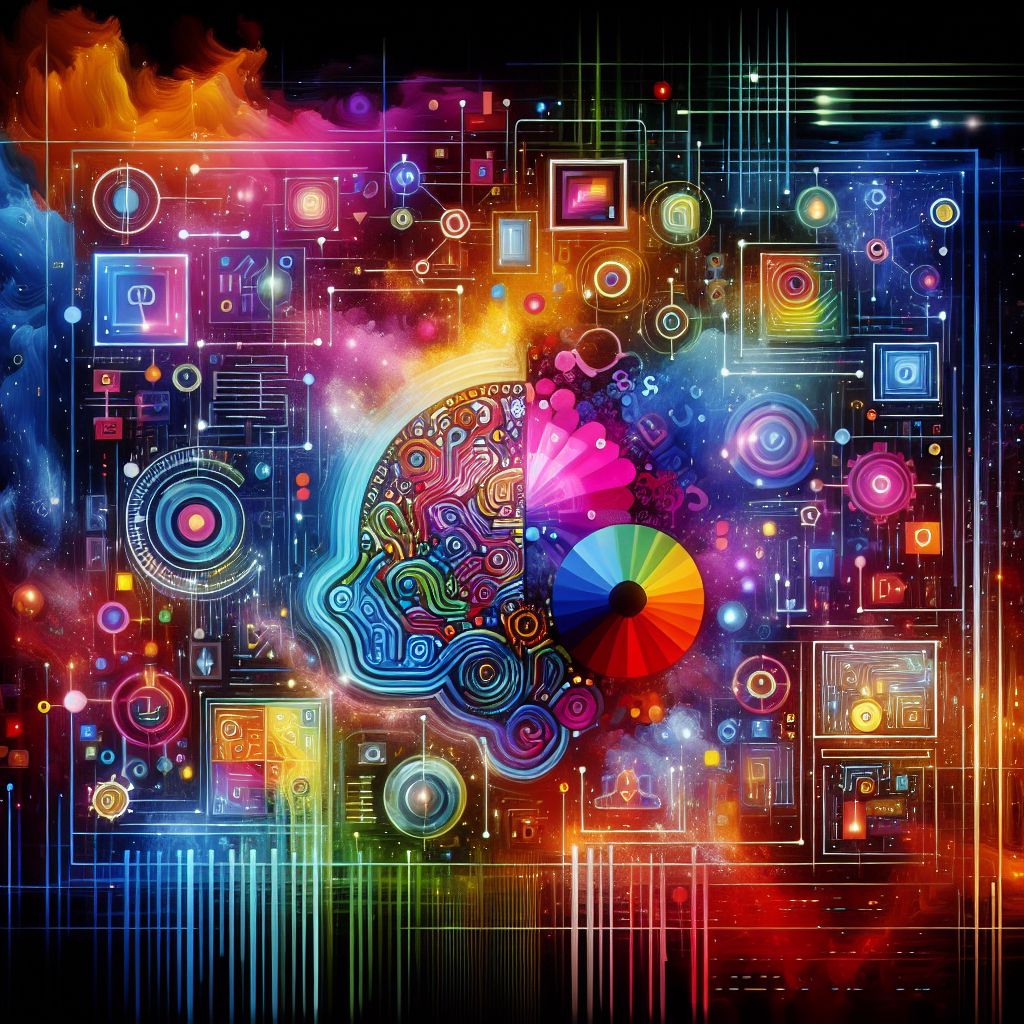Analyzing the Sora Leak: Unpacking the Controversy and Impact on AI Video Generation
The world of AI is buzzing, and at the forefront of this excitement is the recent uproar about the Sora leak. This incident has reignited discussions about the balance of creativity, corporate interests, and the ethical implications of AI tools in the arts. Let’s dive into the details surrounding the Sora leak, the reactions it provoked, and what this means for the landscape of AI video generation.
The Sora Leak: A Brief Overview
The Sora leak erupted during Thanksgiving week, a time typically reserved for reflection and gratitude. Instead, AI enthusiasts found themselves engrossed in a drama that unfolded when early access testers of the Sora video generation tool took to Hugging Face to share their experiences. What initially appeared to be an exciting opportunity turned sour as the testers expressed their frustrations through a manifesto, voicing their concerns over how they were treated by OpenAI.
This unexpected turn of events highlights the tension in the AI space—where artistic expression and corporate strategy collide. The early access testers argued that they were recruited under the guise of collaboration but were ultimately turned into unpaid marketing agents for a product they felt was not ready for public consumption.
The Manifesto and Its Implications
The manifesto penned by the testers articulated their discontent straightforwardly. They accused OpenAI of “artwashing,” claiming that the company sought to present Sora as a revolutionary tool for creatives while sidestepping the responsibility of compensating those who helped develop it. The crux of their argument: artists should not be reduced to mere data validation tokens or PR tools.
This protest raises fundamental questions about the ownership of creative output in the age of AI. When artists collaborate with AI companies, how much control do they retain over their creations? The testers’ experiences reflect a broader issue within the industry, where companies frequently leverage the enthusiasm of artists without adequately addressing their concerns or compensating their contributions.
The Aftermath: A Backlash and a Resurgence
In a swift response, OpenAI shut down the API access, cutting off all users—including the very artists who initially had early access. The decision was a double-edged sword: while it silenced the immediate unrest, it also fueled a resurgence of interest in Sora. The leak inadvertently placed Sora back in the limelight, generating buzz and renewed discussions around AI video generation.
As the dust settled, it became evident that the surge of curiosity surrounding Sora was not without merit. Early demo videos created during the leak showcased capabilities that placed Sora ahead of its competitors. The videos, ranging from a dog chasing a cat to a woman in a striking red dress walking through a vibrant city, demonstrated an impressive realism that has yet to be replicated by other platforms in the space.
While some generated clips revealed typical AI quirks—like a cat momentarily losing its legs—the overall quality of Sora’s outputs managed to elevate its status in a crowded market. Rather than tarnishing the brand, the leak catalyzed a conversation about the future of AI tools and their creative potential.
The Competitive Landscape of AI Video Generation
With the Sora incident shining a spotlight on the capabilities of various AI platforms, it’s crucial to examine how these technologies stack up against each other. Competitors such as Luma and Runway are also pushing the boundaries of what AI can achieve in video generation. Luma’s new Dream Machine features, for example, emphasize user-friendly interaction by allowing users to upload their images and generate personalized animations.
Additionally, Runway has introduced a feature that expands existing videos through AI, showcasing the innovative strides being made across the board. These developments suggest that the competition is not just about who can create the most impressive outputs; it’s also about who can shape the user experience into something intuitive and engaging.
For those interested in exploring more about the evolving landscape of AI video generation, refer to the following resources:
Ethical Considerations for Artists and AI Developers
The Sora leak raises important ethical considerations for both artists and AI developers. As AI continues to evolve, how can companies ensure that artists are treated fairly? The clear discontent voiced by early testers presents a wake-up call for AI firms to cultivate a more supportive ecosystem. Rather than viewing their partners as mere contributors to a project, companies must acknowledge the value artists bring to the table and establish fair compensation practices.
Furthermore, the industry should prioritize transparency in their collaborations. Open lines of communication between AI developers and artists could lead to more fruitful partnerships, fostering innovation while respecting the creative process. The risks associated with undermining artistic integrity may ultimately lead to a backlash that could hinder the growth of AI in the creative field.
The Road Ahead for AI Video Generation
As we look to the future, it’s clear that AI video generation is at a pivotal moment. The Sora leak, while troubling, has sparked a dialogue that could foster positive change moving forward. As companies like OpenAI and others navigate the complexities of collaboration, artists and developers alike will need to reevaluate their relationships and expectations.
Moreover, as Sora and its competitors continue to innovate, the competition will only become fiercer. This dynamic environment holds the potential for breathtaking advancements in AI capabilities, giving rise to new forms of creativity. However, sustaining this momentum will depend on the industry’s ability to adapt and respond to the valid concerns raised by artists, ensuring that they are both heard and valued.
In conclusion, the Sora leak is more than just a momentary disruption; it represents a crucial intersection of technology, creativity, and ethics. As AI continues to reshape the landscape of the arts, both artists and developers must work collaboratively to navigate this new terrain, striking a balance between innovation and respect for the creative process. The outcome of this ongoing dialogue will shape the future of AI and creativity for years to come.
